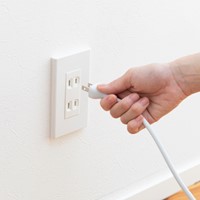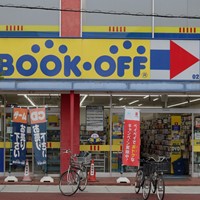How to Read Recycling Symbols on Products in Japan
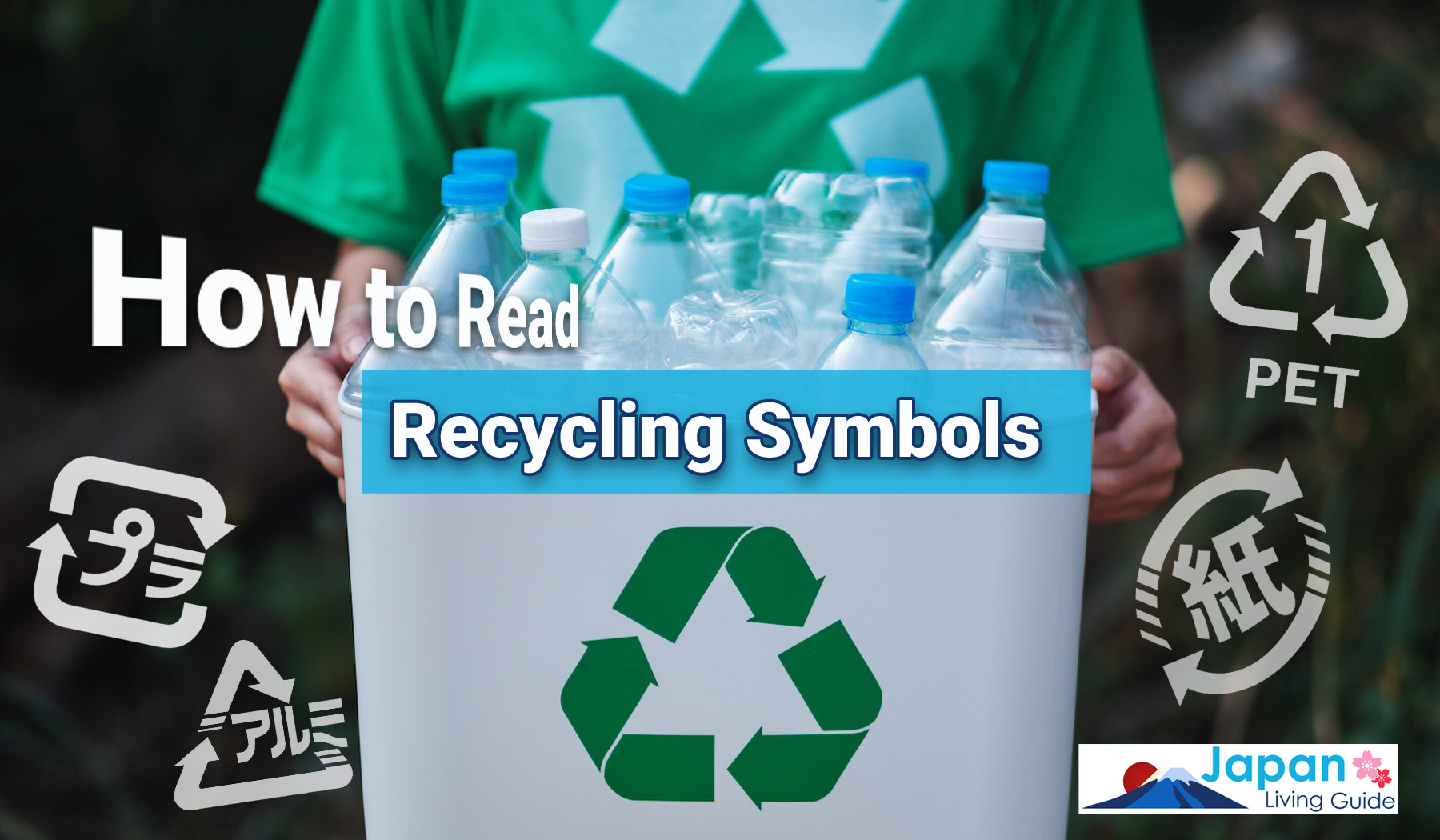
Taking care of garbage is an everyday part of life that we often do without thinking too much about it, but when living in a different country like Japan, it becomes necessary to learn a new system for garbage disposal and collection.
Japan has a very detailed and intricate garbage collection system, often with discrepancies between different cities, which can make it quite confusing for foreigners. However, many foods and various packaging include easy-to-follow symbols that indicate the type of garbage it is and how it should be disposed of. We will go through some of these symbols, what they mean, and how to correctly recycle a range of different garbage types in Japan.
If you would like to get rid of oversized garbage, please refer to: Disposal of Oversized Garbage in Japan.
How to Read the Recycling Symbols on Products in Japan
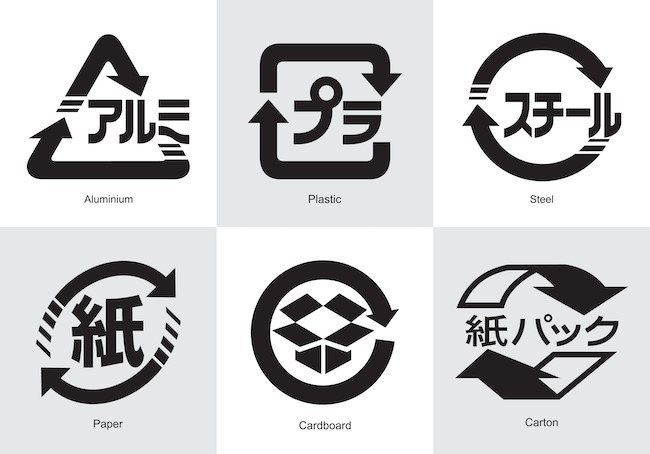
Of course, it is always a good idea to check your local municipality or ward’s garbage and recycling policies, and with luck they will have an explanation in English, as well. If you are looking for something a little more basic, though, there are five symbol categories that are useful to know and common across most municipalities. These include cans, PET (plastic) bottles, glass bottles, paper, and plastic. Many of these are labeled with specific symbols that are designed to help you with your regular garbage sorting.
Five Common Japanese Recycling Symbols You Should Remember
Cans
Cans are one of the easiest items to recycle in Japan as they are easy to identify, wash, and sort. They are marked with one of two labels, depending on the material they are made from. The first is two arrows in a circle, marked suchiiru (スチール), a Japanese word for “steel.” The other is arrows that form a triangle with arumi (アルミ), a Japanese word for “aluminum.”
Cans are usually recycled on the same day as glass bottles and possibly plastic PET bottles, but they should be separated and rinsed before recycling.
Plastic PET Bottles
PET bottles are another of the easier items to recycle, for the same reasons as cans. They are also one of the most common recycling items to accumulate in your home, due to the convenience of vending machines and on-the-go drinks from convenience stores in Japan. The symbol for PET bottles is a three-arrow triangle with the number “1” marked in the center. This is sometimes accompanied by “PET” written underneath.
PET bottles should be recycled by removing the plastic cap and label, since these will be recycled separately with other acceptable plastic trash. Also, be sure to rinse the bottles before recycling.
Glass Bottles
Glass bottles are often recycled on the same day as cans, and are usually recycled in the same way by simply rinsing prior to recycling. Some municipalities require sorting glass bottles by color — brown, green, clear, etc. — but many do not. There is usually a specific area or basket in the garbage disposal area for securely holding glass bottles to avoid breakage.
Paper
Now we move on to some of the more difficult and confusing recycling categories.
Paper might seem simple at first, but it can end up being quite complex when it comes to what is and is not approved. Many items classified as paper have the symbol of an oval made of two arrows, marked kami (紙), a Japanese word for “paper”. This can be found on a variety of items such as milk cartons, cigarette boxes, and tissue boxes.
However, some items that you might think of as paper are not included and should be thrown away with the burnable garbage. Examples include paper cups and plates, paper packaging that has been used for holding laundry powder, carbon paper, paper with food remnants or stains such as pizza boxes, and paper with smells, such as fragranced writing paper.
Recyclable paper items should be disposed of by bundling similar types together and then placing them in your trash area for pickup. Larger items like cardboard boxes, magazines, and newspapers should be tied with string, and you may need to use a box cutter to break down the cardboard so that it is within the maximum allowable dimensions set by your city.
Plastics
Plastics is perhaps the most difficult category of the Japanese recycling system. Luckily, the symbol for plastics, a two-arrow square with pura (プラ), meaning “plastic,” is printed on most relevant items. Plastics generally refer to packaging and containers for food items and other products. It does not include plastic items that are products themselves, such as reusable food storage containers or plastic toys.
Plastic products should be included with the combustibles/burnable garbage. Plastic packaging that is categorized as “plastics” should be recycled. As with most other recycling, the packaging should be free of any remnants of food or other residues. There are differences in some items between municipalities, but most agree that thicker plastics, dirty plastics, or plastic products are burnable garbage while thinner, clean plastic packaging is plastic recycling. The easiest way to determine this is to look for the プラ mark.
Make Your Life Simpler by Familiarizing Yourself with Japan’s Recycling Symbols
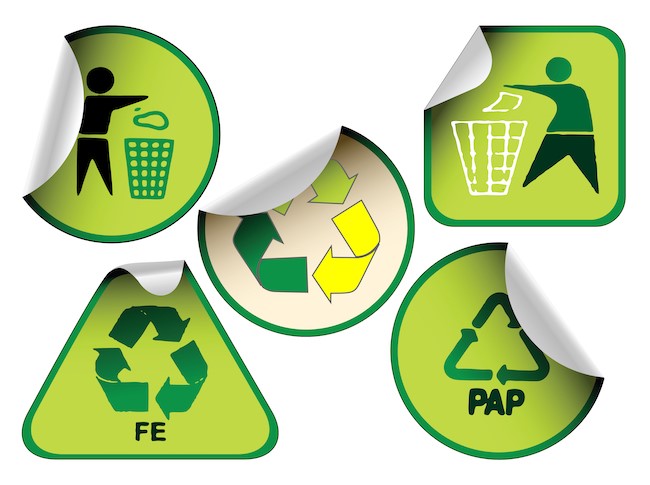
Recycling and garbage disposal, in general, might seem to be a simple topic at first, but often ends up a lot more complicated the deeper you look into it. This is especially true in Japan, where there is a range of different recycling categories for various types of garbage. Many of these are marked with different symbols to indicate which type of recycling they should be included with. However, as a foreigner to Japan, these symbols might not be as intuitive as they are intended.
This quick guide to the most common recycling symbols and how to follow them should help relieve any initial confusion, but for detailed recycling information directly related to you, it is important to ask your city office for a yearly garbage collection calendar specific to the ward you live in.
You can also donate used clothes, sell unwanted articles via Bookoff or Hugall. If you are interested in Japanese Mottainai culture, please read "What is Mottainai? The Japanese Meanings and Expressions".
In Japan, there are various other symbols for drivers and for people with disabilities.
To make the rest of your everyday living simpler and more straightforward, you can check out our many other articles on daily living in Japan as well.




